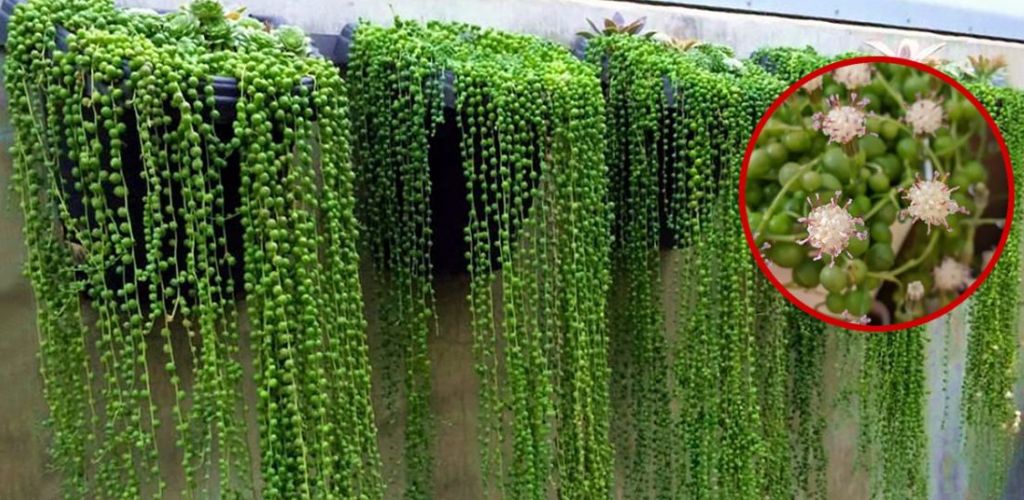The most powerful trick to make the rosary plant leafy
It will surely have happened to you, walking down the street, to notice this plant with its characteristic “ball-shaped” leaves on balconies and windows. If you didn’t know it before, let’s introduce you to the rosary plant , a little-known but wonderful succulent plant.
The rosary plant’s main feature is its appearance: its ball-shaped leaves grow in a cascade, creating a very particular and beautiful effect. In this article we suggest tricks to make the rosary plant leafy and abundant.
The rosary plant , whose scientific name is Senecio Rowleyanus , is a succulent native to South Africa and, thanks to its resistance, now widespread throughout the world.
In order for the rosary plant to grow healthy and strong, and therefore full of leaves, it is important to follow these precautions:
Location . The rosary plant must be positioned high up, to have freedom to grow downwards. It needs permanent natural light, whether inside the house or on the balcony.
Do not place it in the shade or dim light, as it will die. If her leaves start to get dark or soft, it’s time to put her in the sun.
Temperature . The rosary plant needs a temperature between 16 and 25°C. A colder temperature can cause it to rot.
Watering . Like all succulents, the rosary plant also suffers from excess water. The soil must always be moist, but without water stagnation. The first sign of a water shortage is an odd shape of the leaves.
Fertilizer . Use a product with little nitrogen, otherwise the plant will weaken. The fertilizer must be rich in phosphorus and potassium.
Important: This website does not give medical advice, nor does it suggest the use of techniques as a form of treatment for physical problems, for which the advice of a doctor is required. If you decide to apply the information contained in this site, it does not assume responsibility. The intention of the site is to be illustrative, not exhortative or didactic.
